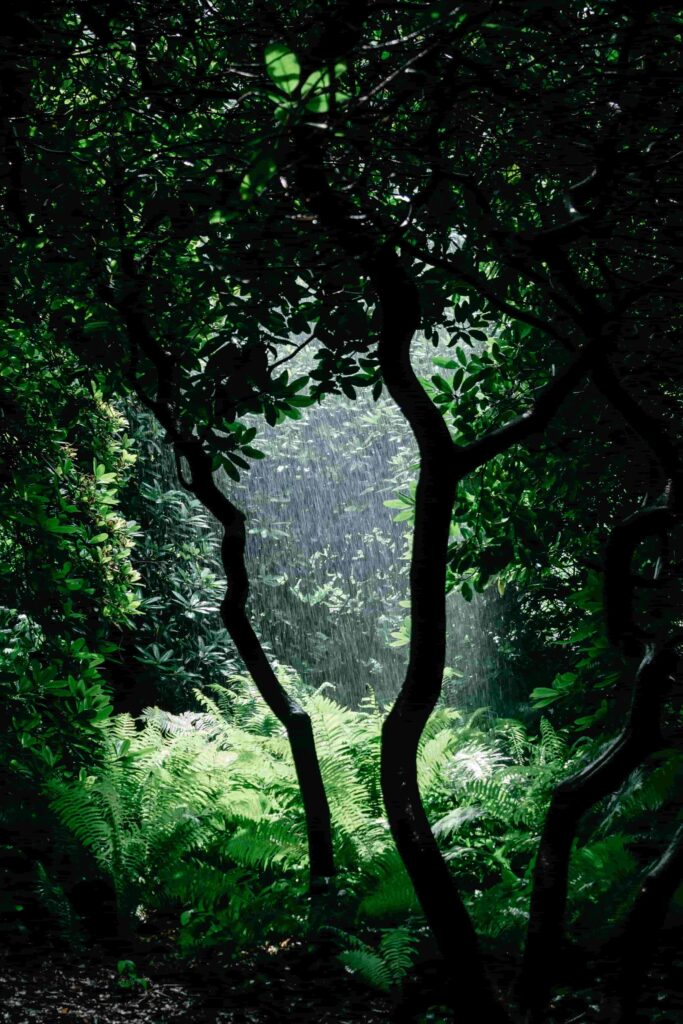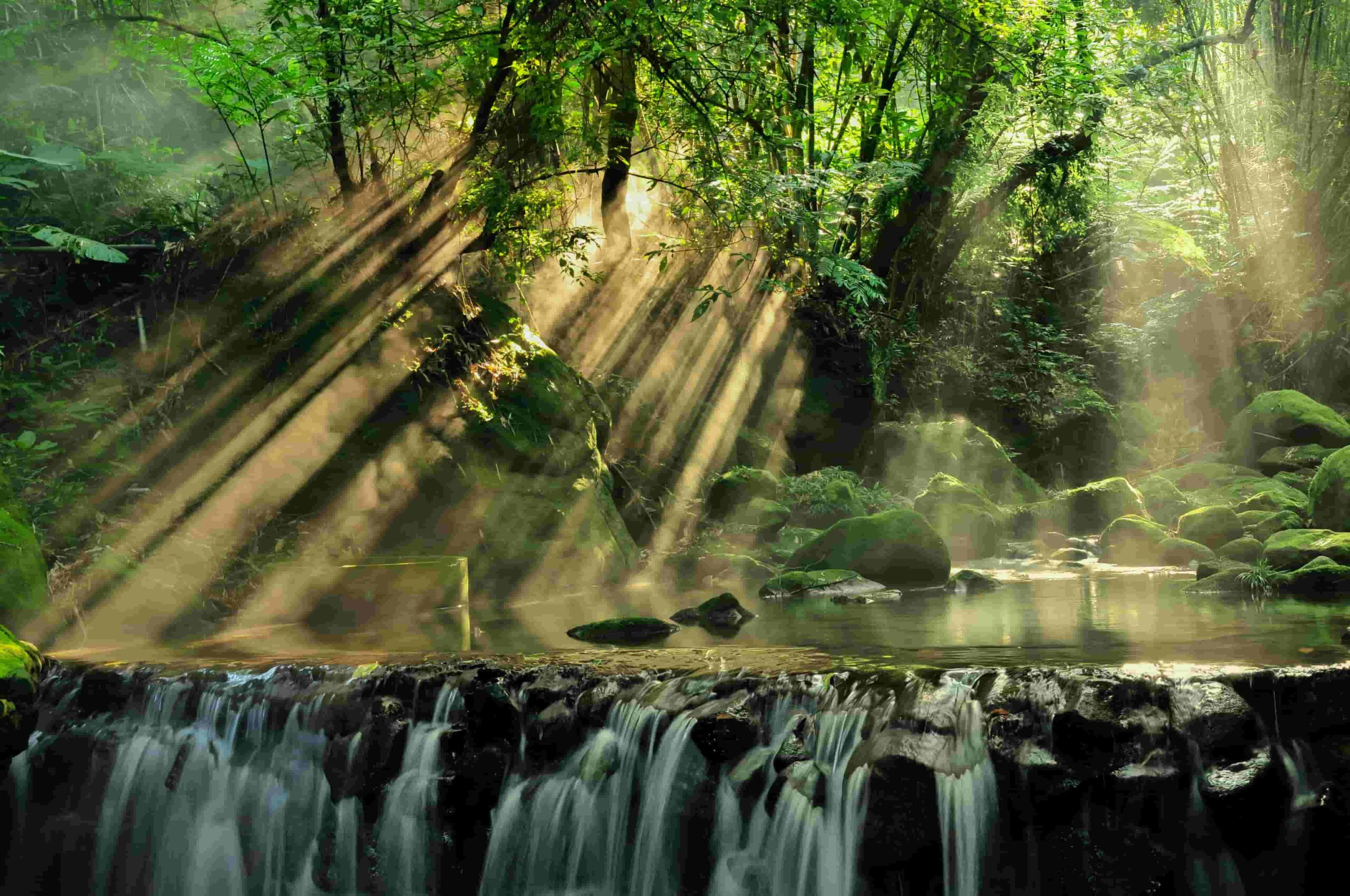In this article, we’ll explore the captivating world of rainforest layers, the unique habitats that make up these vibrant and diverse ecosystems. From the towering emergent layer to the teeming forest floor, each layer plays a vital role in sustaining life in our planet’s rainforests.
Table of Contents
- Introduction
- What Are Rainforests?
- Understanding Rainforest Layers
- Biodiversity in Rainforest Layers
- The Role of Rainforest Layers in Ecosystems
- Threats to Rainforest Layers
- Conservation Efforts
- The Fascination of Rainforest Layers
- Conclusion
- Frequently Asked Questions (FAQs)
- Why are rainforest layers important for biodiversity?
- How do rainforest layers contribute to the global climate?
- What are some species that are specific to particular layers in rainforests?
- What can individuals do to help protect rainforest layers?
- How are indigenous communities involved in rainforest conservation?
Introduction
Rainforests are Earth’s vibrant and biodiverse ecosystems, known for their dense vegetation and rich wildlife. But beneath the lush canopy, they hold a secret world of layers, each with its own distinct features and inhabitants.
What Are Rainforests?
Before diving into the intricacies of rainforest layers, let’s understand what rainforests are and where they are located. Rainforests are characterized by high rainfall and consistent warmth, and they primarily exist near the equator. You can read more about rainforests by clicking here.
Understanding Rainforest Layers

Rainforests are often divided into several layers, each with its own unique characteristics. These layers include the emergent layer, canopy layer, understory layer, and the forest floor. Let’s take a closer look at each of them.
The Emergent Layer
The uppermost layer in the rainforest, where enormous trees break through the canopy, is called the emergent layer. These trees provide stunning views of the forest below and are home to a variety of bird species.
The Canopy Layer
The canopy is the primary layer that forms the thick roof of the rainforest. It’s inhabited by a multitude of animals, including birds, insects, and even some mammals. The dense foliage provides plenty of hiding spots and access to fruits and nuts.
The Understory Layer
Beneath the canopy lies the understory layer. This area is characterized by dim light, making it an ideal habitat for various plants and animals that thrive in these conditions, such as orchids and jaguars.
The Forest Floor
The forest floor constitutes the dimmest and most humid stratum. It’s home to decomposers like fungi and detritivores. Many plants and animals, like leaf-cutter ants and tapirs, are adapted to life on the forest floor.
Biodiversity in Rainforest Layers
Each layer in the rainforest is teeming with life, from the tall emergent trees to the forest floor. The incredible diversity of species within these layers is one of the main reasons rainforests are so vital for global biodiversity.
The Role of Rainforest Layers in Ecosystems
The different layers of the rainforest are interlinked, working together to fulfill vital functions that sustain the overall well-being of the ecosystem. They regulate climate, provide oxygen, and support a wide range of life forms. Understanding these layers helps us appreciate the intricate balance of nature.
Threats to Rainforest Layers
Unfortunately, rainforest layers face numerous threats, including deforestation, logging, and climate change. These activities disrupt the delicate balance of life within these ecosystems.
Conservation Efforts
Conservation initiatives are crucial in protecting rainforest layers. Efforts range from creating protected areas and promoting sustainable practices to raising awareness and supporting indigenous communities living in these areas.
The Fascination of Rainforest Layers
Exploring the layers of a rainforest can be a journey of wonder and amazement. The diverse habitats and species that thrive in each layer highlight the complexity and beauty of these unique ecosystems.
Conclusion
Rainforest layers are more than just divisions of the jungle; they are the building blocks of some of the most biodiverse and essential ecosystems on our planet. As we uncover their secrets, we gain a deeper appreciation for the critical role they play in the health of the Earth. You can explore Rainforest layers more by clicking here.
Frequently Asked Questions (FAQs)
Why are rainforest layers important for biodiversity?
Rainforest layers offer unique habitats that support a wide range of species, contributing to the high biodiversity found in these ecosystems.
How do rainforest layers contribute to the global climate?
The layers, especially the canopy, play a significant role in carbon sequestration and oxygen production, influencing climate patterns.
What are some species that are specific to particular layers in rainforests?
Species like toucans and tree kangaroos are often associated with the canopy, while jaguars and certain orchids are found in the understory layer.
What can individuals do to help protect rainforest layers?
Supporting organizations dedicated to rainforest conservation and reducing consumption of products linked to deforestation are effective ways to make a difference.
How are indigenous communities involved in rainforest conservation?
Indigenous communities often live in rainforests and play a vital role in advocating for sustainable practices and preserving traditional knowledge about these ecosystems.


1 thought on “Rainforest Layers: Unveiling the Secrets of Earth’s Lush Jungles”